Keeping the look of your picture slides (actually, all slides) consistent adds value to your presentation. When you use different pictures in
successive slides of your presentation, you'll want their position, formatting, and size to be the same in all slides. While you can achieve this by
working on each slide individually, you will have to spend an inordinate amount of time making sure that the pictures look consistent. And even
then, you may not be too happy with the results. You can get over this problem by using a new slide layout with a Picture placeholder. As we already
know, a placeholder is a boilerplate container that you can use to fill in with all sorts of content types such as text, pictures, charts, etc. In
this tutorial we'll explore how to work with a Picture placeholder you add to a new slide layout. Follow these steps to learn more:
- Access the Slide Master view and
add a new Slide Layout. With your new
Slide Layout selected, click the down-arrow of the Insert Placeholder button, highlighted in
red within Figure 1, below. Then select the Picture option in the resultant drop-down
gallery, as shown highlighted in blue within Figure 1, below.
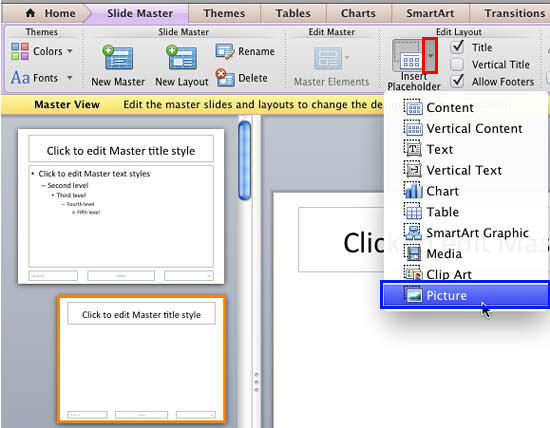
Figure 1: Add a Picture placeholder
- Go ahead and insert placeholder
as shown in Figure 2. Note that your new Picture placeholder already has a bulleted list with a single line that reads
Picture.
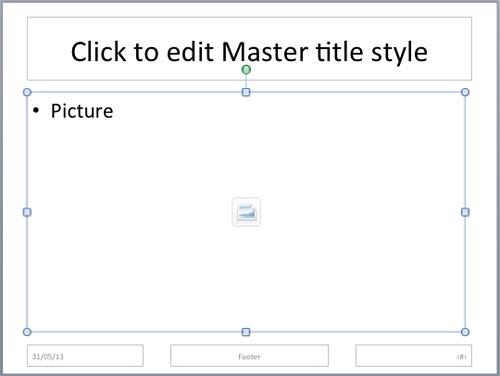
Figure 2: Picture placeholder within the Slide Layout
- Now you can get rid of the bullet, and also change the boilerplate text. Click anywhere on the word Picture within the
placeholder. Notice that as soon as you click, all text disappears but the bullet is retained, as shown highlighted in
red within Figure 3.
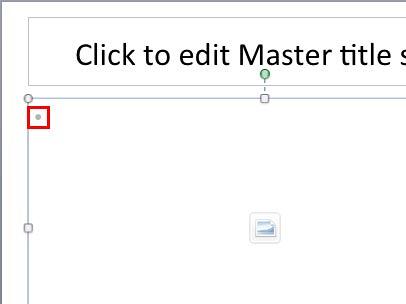
Figure 3: Bullet within Picture placeholder
- To get rid of the bullet, press the Backspace key on your keyboard and then start typing the boilerplate
text you want. We typed Click to insert a picture, as shown in Figure 4.
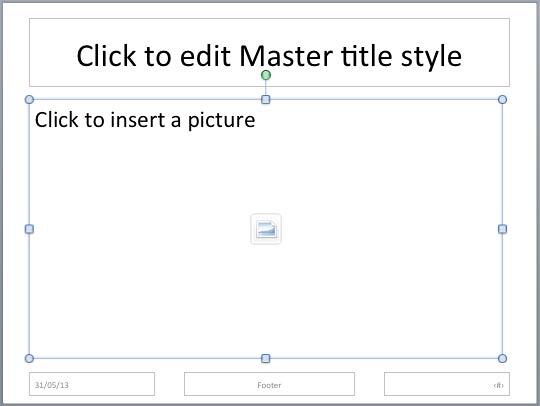
Figure 4: Boilerplate text changed for the Picture placeholder
- Note that the default shape of your Picture placeholder is a rectangle. You can optionally change this shape
to something else, such as a circle, a rounded rectangle, or even a heart. To do that, first select the placeholder
and click the SmartArt tab of the
Ribbon, as shown highlighted in red within
Figure 5.
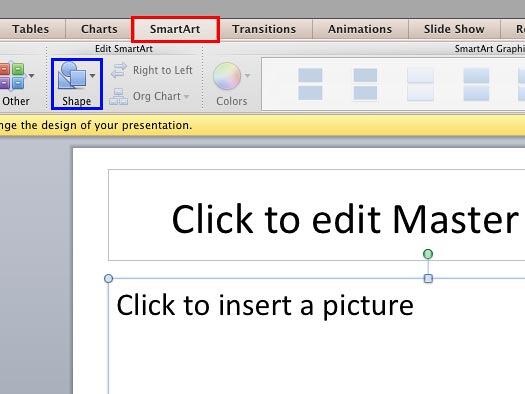
Figure 5: Shape button within the SmarArt tab of the Ribbon
- Within the SmartArt tab, click the Shape button (highlighted in blue
within Figure 5, above) to bring up the Shape gallery, as shown in Figure 6, below. Choose the required shape category to bring up a sub-gallery. In this sub-gallery, select the required shape. In Figure 6 you can see that we have selected the Rounded Rectangle shape within the Rectangles shape category.
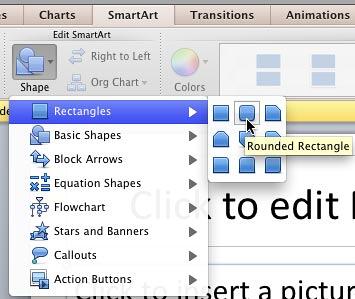
Figure 6: Rounded Rectangle shape selected
- In Figure 7 below you can see that our Picture placeholder has been changed from a Rectangle to a
Rounded Rectangle (compare Figures 4 and 7).
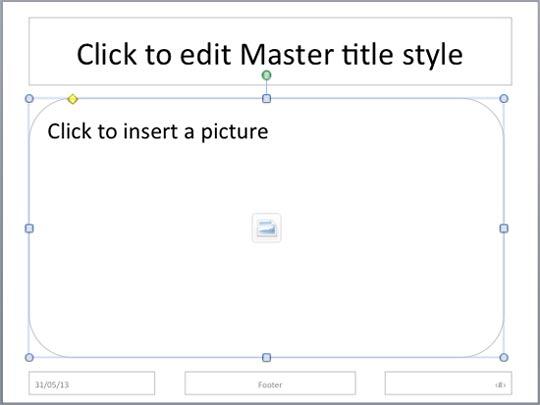 Figure 7:Picture placeholder changed from Rectangle to Rounded Rectangle
Figure 7:Picture placeholder changed from Rectangle to Rounded Rectangle
- You can also resize the placeholder. Explore our
Resizing Shapes tutorial to learn more. Although the link
provided is for resizing shapes, you can follow the same steps to resize placeholders. Additionally, you can use PowerPoint's Combine Shapes feature
to create amazingly shaped Picture placeholders. Explore our
Create Custom Shaped Picture Placeholders
tutorial to learn more.
- When done, access the Slide Master tab of the Ribbon, and
click the Close button as shown highlighted in red within Figure 8.
This will get you back to Normal view.

Figure 8: Close button within Slide Master tab
- Access the Home tab of the Ribbon and click the Layout button to bring up the
Layout drop-down gallery you see in Figure 9. Notice that your new Custom Layout (highlighted in
red within Figure 9) shows up here, ready to be used to create a new slide.
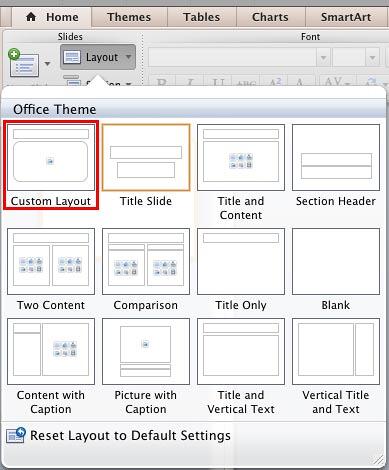
Figure 9: New Slide Layout with the Picture placeholder newly added and edited.
- Save your presentation often.






 Figure 7:Picture placeholder changed from Rectangle to Rounded Rectangle
Figure 7:Picture placeholder changed from Rectangle to Rounded Rectangle




